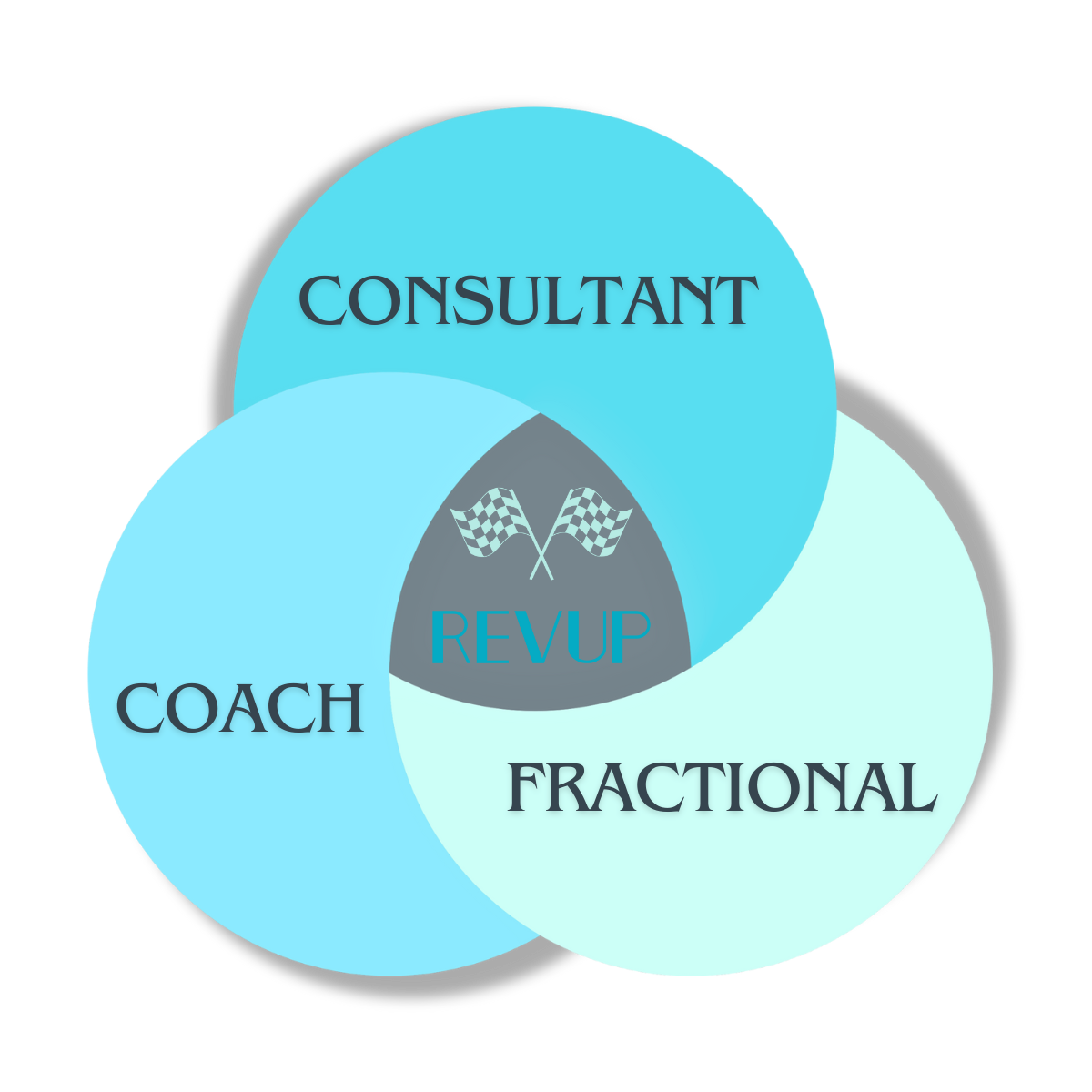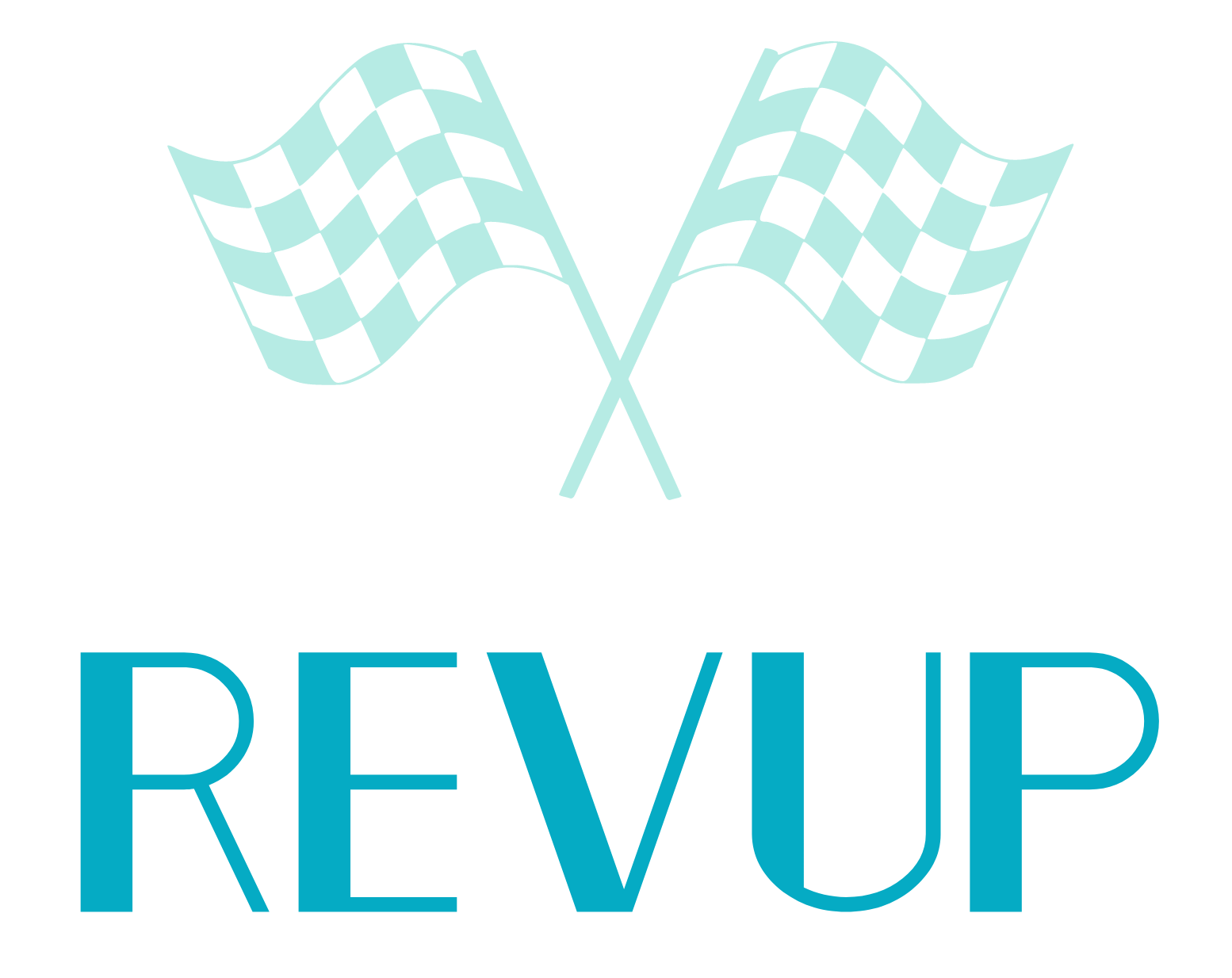How to qualify prospects, focus your energy on the right leads, and turn conversations into revenue.

As a founder or business leader, you’ve likely experienced this scenario: a great conversation with a potential client, lots of excitement, and what seems like genuine interest. You leave the call thinking, “This one is definitely going to close!” But weeks pass, follow-ups go unanswered, and the deal never materializes.
Sound familiar?
This is a common challenge for many founders, especially those leading sales for their own business. While engaging conversations are easy to have, turning those conversations into revenue requires a different skill: qualifying leads.
In this blog, we’ll break down why qualifying leads is critical, how to do it effectively, and how to use a simple framework to determine which leads deserve your time and energy. We’ll also cover practical ways to identify whether a prospect is ready to buy or if they need more nurturing.
Why Qualifying Leads Is Essential
Engaging conversations are not the same as qualified opportunities. Many founders mistake positive signals like enthusiasm or agreement as indicators of a hot lead. The reality? A friendly conversation doesn’t pay the bills.
Failing to qualify leads can lead to:
- Wasted Time: Chasing prospects who were never serious about buying.
- Missed Opportunities: Focusing on unqualified leads means you may neglect high-potential prospects.
- Frustration: Feeling stuck in a cycle of great conversations that don’t translate into results.
To break this cycle, you need to focus on uncovering whether a prospect is the right fit for your solution and whether they’re ready to move forward.
The Qualifying Framework: Asking the Right Questions
Qualifying leads starts with asking the right questions—not about your product, but about their needs, challenges, and priorities. Think of it as an interview where your goal is to understand:
- Do they have a problem your solution can solve?
- How urgent is their need?
- Are they in a position to take action?
Here’s a simple framework to help guide your conversations:
1. Understand Their Problem
Before you even mention your solution, your first job is to uncover the prospect’s pain points. This not only helps you determine if they’re a fit but also builds trust by showing that you care about their challenges.
Questions to Ask:
- "What’s the biggest challenge you’re facing in [your area of expertise]?"
- "How is this challenge impacting your business?"
- "What would solving this problem mean for your team?"
The goal is to get them to articulate their pain points clearly. If they can’t define their problem, they’re unlikely to see the value in your solution.
2. Assess Their Urgency
Not every problem feels urgent to a prospect, even if it’s significant. Understanding their sense of urgency helps you prioritize your efforts and determine how likely they are to act quickly.
Questions to Ask:
- "Is this a priority for your team right now?"
- "What happens if this issue isn’t resolved in the next 6–12 months?"
- "What’s driving the need to address this now?"
A prospect who sees the problem as urgent is far more likely to move forward than one who’s in “exploration mode.”
3. Evaluate Their Readiness to Buy
Even if a prospect has a clear problem and feels urgency, they may not be ready to make a decision. Factors like budget, authority, and timelines play a big role in their readiness.
Questions to Ask:
- "Who else is involved in the decision-making process?"
- "Do you currently have a budget allocated for solving this problem?"
- "What’s your timeline for evaluating and implementing solutions?"
If a prospect isn’t in a position to buy, they might be better suited for a nurturing campaign until they’re ready to take action.
Scoring Your Leads
Once you’ve gathered answers to these questions, you can use a simple 3-point scoring system to evaluate each lead:
- 3: They have a clear problem, feel urgency, and are ready to act.
- 2: They show potential but need more education or time to prioritize the issue.
- 1: They’re unlikely to act soon or don’t see the problem as critical.
Here’s how to prioritize based on their score:
- 3: Focus your energy here. These are hot leads ready to move forward.
- 2: Nurture these leads. Provide resources and follow-ups to keep them engaged.
- 1: Add them to a month or quarterly follow-up list and revisit when their circumstances change.
Avoid These Common Mistakes
- Talking Too Much About Yourself: Prospects don’t care about your solution until they feel understood. Start with their needs, not your pitch.
- Skipping Discovery: If you don’t take the time to understand their challenges, you risk misalignment.
- Chasing Unqualified Leads: Not every lead is worth pursuing. Be disciplined about focusing on those with real potential.
Qualifying Leads: A Game-Changer for Your Sales
Effective lead qualification isn’t just about filtering out bad fits—it’s about focusing your time and energy on the right opportunities. By asking the right questions and building a clear business case, you can:
- Close deals faster.
- Build stronger client relationships.
- Save time by avoiding dead-end conversations.
Ready to Transform Your Sales Strategy?
Qualifying leads is just the beginning. If you’re ready to take your sales process to the next level, I’d love to help.
At RevUp, we specialize in helping founders and business leaders build scalable, results-driven sales strategies. Whether you’re just starting out or scaling up, we’ll give you the tools and support you need to succeed.
Schedule your free consultation today
and start turning conversations into revenue.


